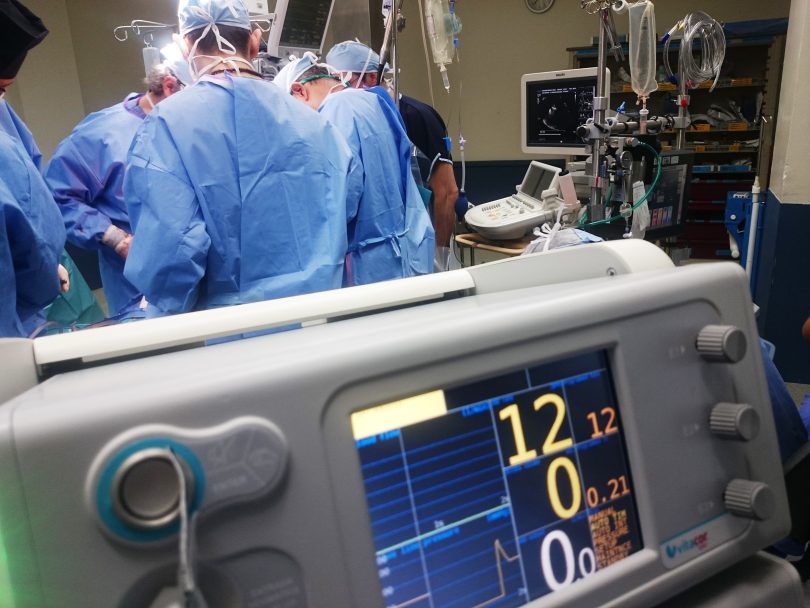The New York Times reports that Medicare’s outpatient payment system has led to many people receiving unnecessary and often harmful medical procedures. Medical device manufacturers receive millions of dollars from Medicare to cover the devices used to perform artherectomies, a medical procedure intended to open up blocked arteries in people’s legs. But, people can lose their legs as a result of this procedure.
In one case, a patient had a wound on her foot and ended up having her leg amputated after 18 procedures “to improve blood flow” over a year and a half. According to one insurance company, 45 people who received this treatment in the last four years lost a leg.
The doctor who performed the surgeries on people with peripheral artery disease received payments from medical device companies. Peripheral artery disease leaves plaque in people’s arteries that can stop their blood from flowing. But, peripheral artery disease is usually symptom-free and does not need to be treated.
People with peripheral artery disease can improve their conditions with exercise and blood-thinning medicines rather than surgery. It is common for them to also have heart disease or diabetes, which are risky conditions. Treatments include insertions of stents or balloons into the arteries. They also include atherectomies, which involve cutting out the plaque. But, artherectomies are risky and can lead to amputations. Even so, more people are getting these surgeries.
Why are artherectomies more common than they should be? Money. As of 2011, Medicare pays physicians thousands of dollars for artherectomies in outpatient settings. So, medical device companies have a financial incentive to design devices physicians can use for these surgeries. Medical device companies help train physicians to use their devices, as well as how to get loans to pay for them, and how to bill for their procedures.
Medical device companies also often reward physicians who use their medical devices when they perform artherectomies. Not surprisingly, artherectomies are costing our health care system $2 billion each year.
Is there good evidence that artherectomies can be beneficial? Not a lot. They can inflame people’s arteries and worsen their conditions. Lifestyle changes,, such as quitting smoking and exercising are often what’s needed to treat peripheral artery disease.
What’s the FDA’s role? The FDA tends to approve new medical devices without evidence that they are beneficial. So long as the medical device manufacturer shows that they are “similar” to other devices, the FDA approves them.
What’s the government doing? Too little, too late. Sometimes, the government imposes small fines on physicians. In May, the Justice Department sued one physician for performing several hundred unnecessary procedures. Who knows how the suit will be resolved.
Here’s more from Just Care:










